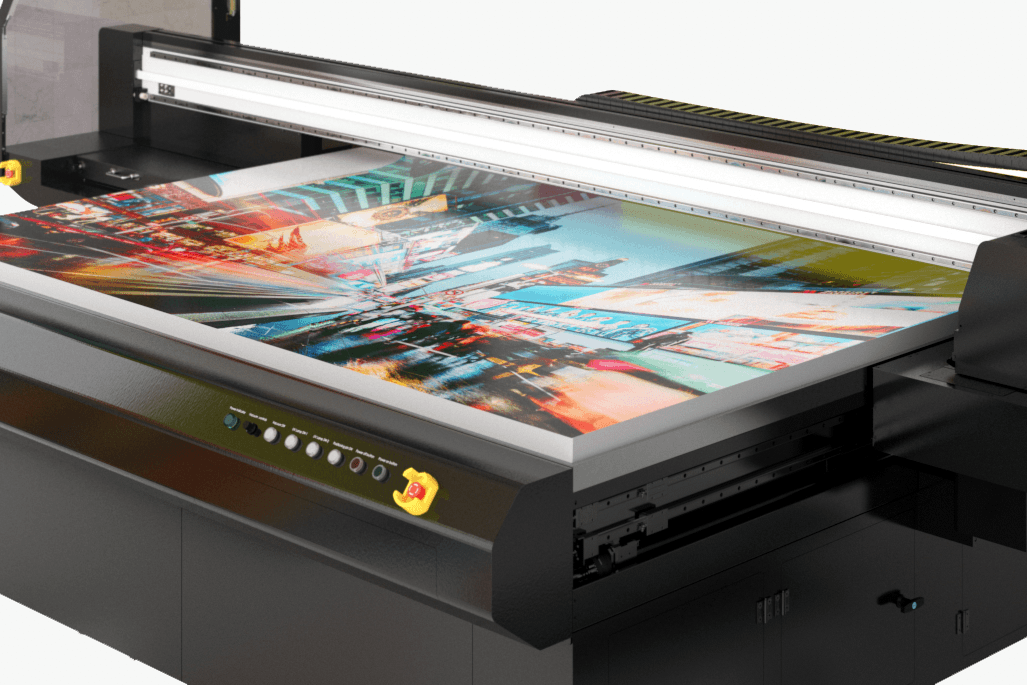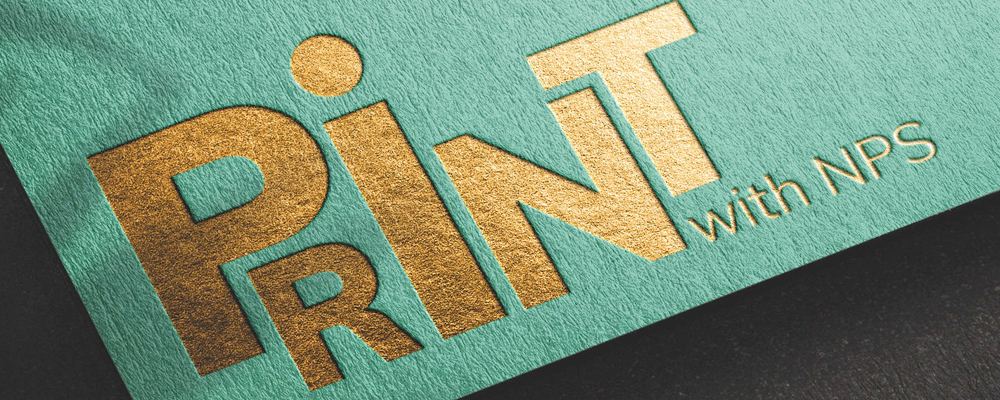Will digital print ever replace litho printing?
Technology in the print industry is moving quickly.
Over the last decade, we’ve seen books become PDFs and experienced the introduction of 3D printers. On top of that, there’s been a general shift away from using too much paper as society aims to become more eco-friendly and reduce stress on the planet.
As we continue to digitise, the idea that digital printing is set to replace traditional lithographic (litho) printing has been mulled over within the industry. Large-format digital printing can, depending on the project, offer a cheaper and quicker alternative to litho printing.
Whether this is enough to overtake traditional litho printing, however, is yet to be seen.

What is litho printing?
As the industry choice for many years now, litho printing offers an excellent quality product for both long and short runs and allows you to design your artwork using spot colours.
Using CMYK plate technology, colours can be replicated exactly as they appear in the artwork. Plus, you can print onto a variety of materials (up to 600 gsm), including wood, metal, and cardstock. Litho printing guarantees you a high-quality product at a reasonable cost; especially for larger volume print runs or more complex projects.
What’s the difference between litho and digital printing?
With litho printing, an image is physically replicated multiple times using colour plates. Digital printing involves taking a digital image file and feeding it into a printer capable of translating it into ink, which it then transfers onto your chosen base material.
This means that digital printing doesn’t include anywhere near as much pre-press time as litho printing, making it a more cost-effective choice for many projects.
Digital printers come in two main types – xerographic and inkjet. With inkjet digital printing, the image is formed by propelling small drops of ink from a nozzle at high speed. It’s great for printing short-run publications such as books or personalised photo books, making the whole process simpler and cheaper.
Xerographic printing uses an electrical charge to attract tiny particles of toner to your chosen base material, before the image passes through a heater that fuses the toner and makes the image permanent. Often, you’ll find that xerographic printers are used for smaller book print runs, brochures, and transactional applications like bills, bank documents, and direct mail.
So, will digital print ever replace litho printing?
Some people think that as digital printing technology evolves, the demand for litho printing might die out.
However, just as video didn’t kill radio, it’s important to understand that both types of printing have the capacity to evolve at the same time, as well as complement each other.
We’re already starting to see hybrid printing presses appear within the industry as an alternative to choosing litho over digital, and vice versa. A hybrid press is able to digitise much of the preprint process using computers, while still producing your print project using an analogue method.
Plus, you will find that litho printing excels in its own way, just as digital print offers an entirely different set of advantages. So, when you come to choose the right type of print for your project, it’s important to remember that each project has its own requirements and characteristics.
